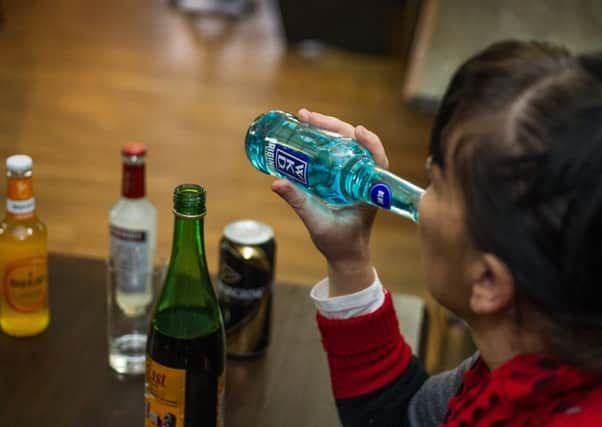Hogarth's Gin Lane is now in Edinburgh '“ Stephen Jardine


If you want an apocalyptic vision of drinking out of control, look no further than William Hogarth’s etching “Gin Lane’. It provides a vivid illustration of the misery of alcohol addiction.
It was painted in 1751, but if Edinburgh City Council is to believed, Hogarth’s vision of dissolution could just as easily be set in Scotland’s capital today.
Advertisement
Hide AdAdvertisement
Hide AdThis week the city’s licensing board introduced sweeping new restrictions on the number of licensed premises in key areas including the Old Town, Princes Street, Haymarket and the West End. From now on, there will be a presumption that applications for new premises licenses will be rejected in these areas because of a perceived overprovision.
The move follows concern from the police and medical professionals about alcohol-related crime and the damage being done to public health. But are bars and restaurants really to blame?
The evidence is obvious that we have a national problem with alcohol that needs to be solved but targeting bars is the same as blaming restaurants for our obesity crisis. It misses the point. When it comes to responsible social drinking, licensed premises offer a safe and heavily regulated environment. Under licensing laws, you cannot serve someone who is drunk or under 18 and to do so risks losing your license.
A walk around the city centre on a Saturday morning reveals where the real blame lies. The discarded cans and bottles suggests responsibility actually rests with the supermarkets and stores selling cut-price booze from 10am to 10pm.
If the council is really serious about this issue, they might want to have a closer look at the amount of alcohol being served up at outdoor events like Edinburgh’s Christmas celebration in Princes Street Gardens. I’d love to hear an explanation to the passing kids of the essential role German beer, Schnapps, Baileys and the Johnnie Walker Bothy Bar play in a genuine Christmas celebration.
If the new curbs on licensed premises are unlikely to have the desired effect, they will have one inevitable consequence. Several major planned developments are likely to fall foul of the policy including the new Virgin Hotel in the Old Town and the proposed whisky experience centre in the former Fraser’s store. It’s unlikely they will be dens of drunken iniquity leading to street violence. What they will be are major sources of investment and job creation, if they decide to go ahead in this environment. We need to do something about the grip booze has on our national life. Alcohol costs Scotland £3.6 billion a year in health, social and lost productivity costs. Forty per cent of crimes here are believed to be alcohol-related.
However to blame pubs and restaurants for that risks missing the role played by cheap off-sales and the pervasive spread of alcohol to something as innocent as a Christmas market. Hogarth got it right. His engraving didn’t castigate pubs for the problems caused by alcohol. Instead it focussed on the trouble on the streets caused by unscrupulous people peddaling booze without any consideration of the consequences.